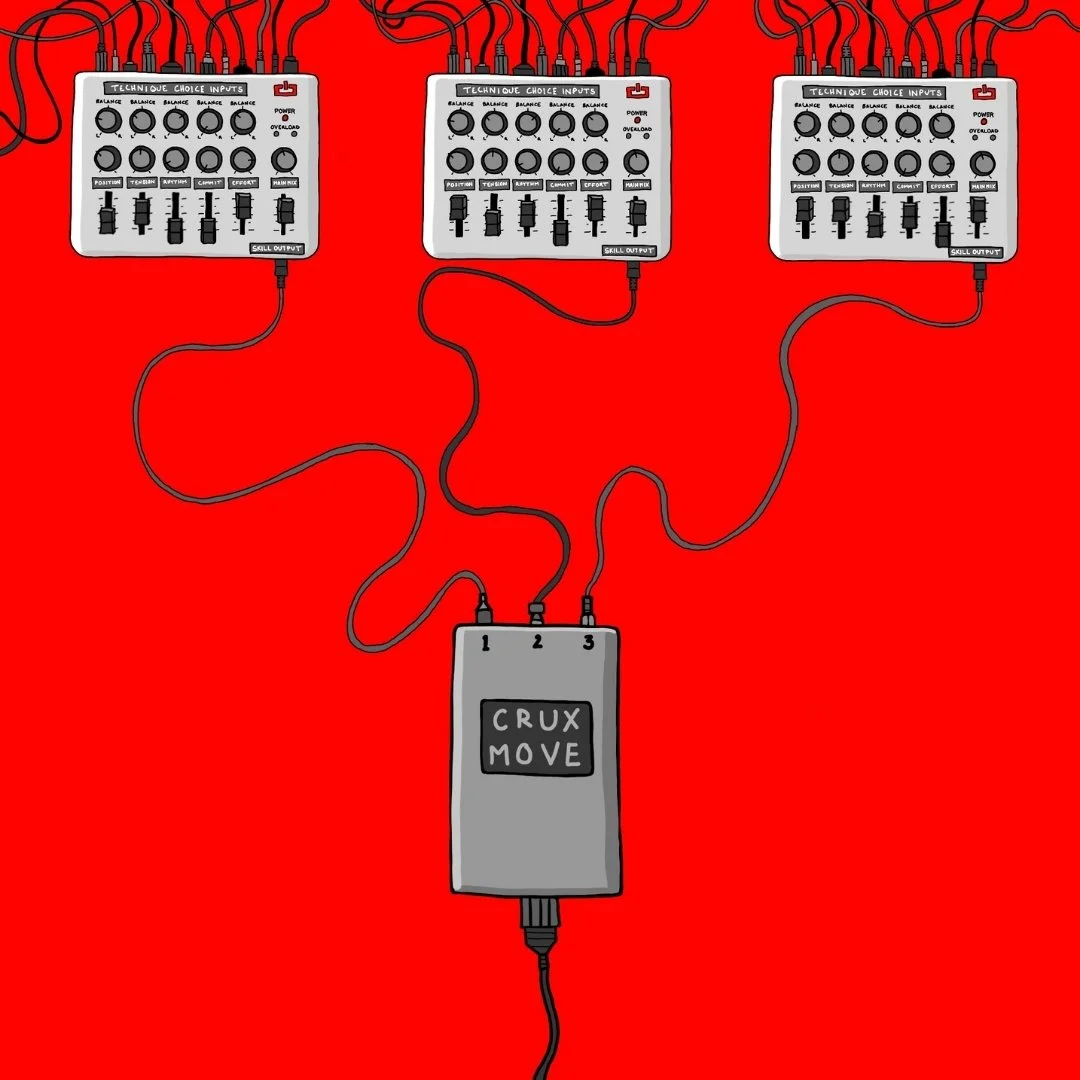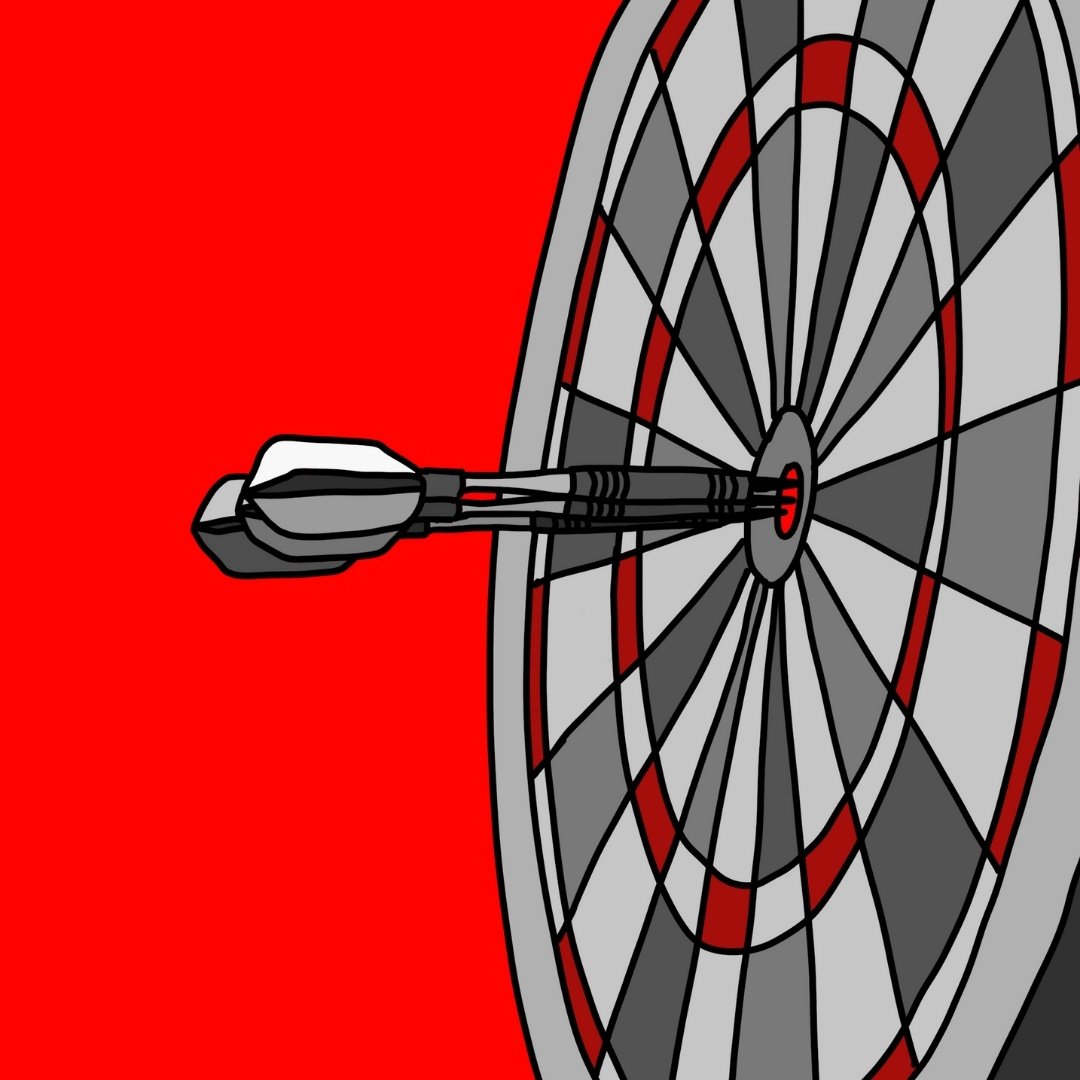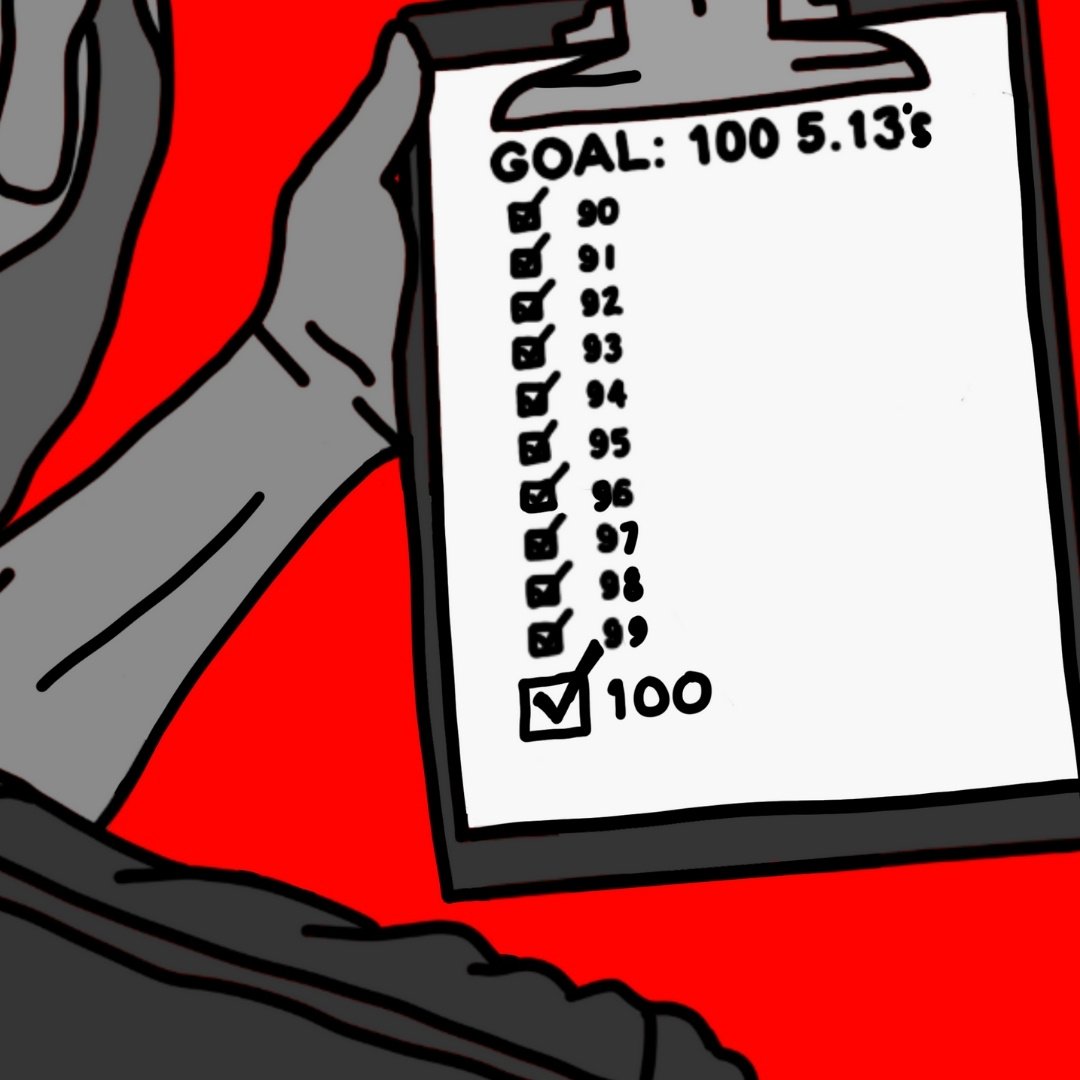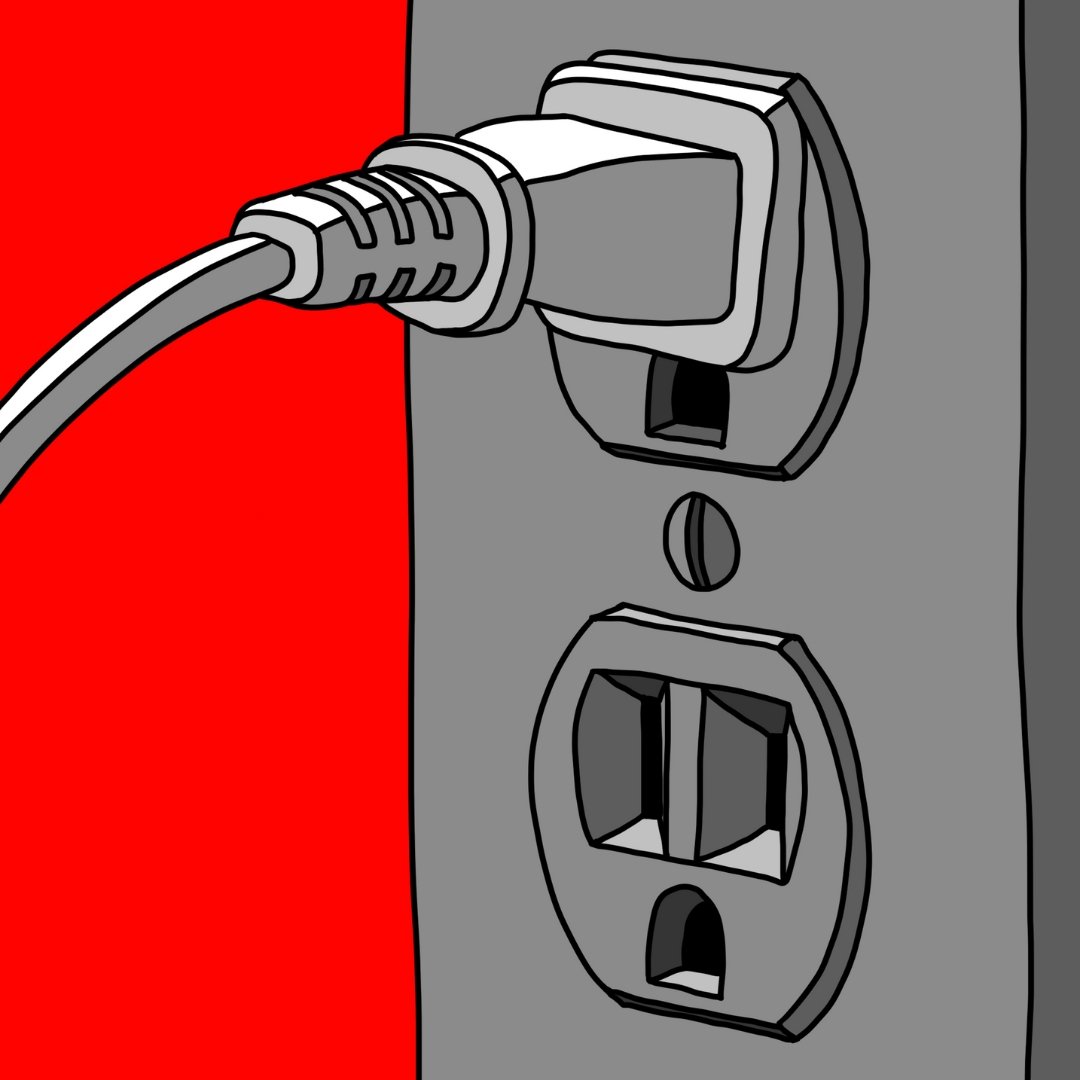Rethinking Climbing Technique and Movement Skills
“Climbing is a skill sport.”
You’ve heard it over and over. I’ve said it. Every climbing coach has said it. And it’s true.
The problem with this statement, however, as some coaches have pointed out while making their case for strength training (as if the two can’t coexist), is that there is a level of skill in everything we do. But as a coach, it’s not enough to just point out this vagueness. We have to offer a better perspective or we’re just muddying the waters further.
If you’re a Patron and you listened to this past Monday’s Board Meeting, Things We Changed Our Minds About in 2023, you heard me discuss my unhappiness with the terms ‘technique’ and ‘skill.’ If you haven’t listened, the short of it is that I’ve decided to try to stop using the words interchangeably. Instead, I’m looking at it like this: We can’t be skillful without a technique. Heel hooking is a technique. Deadpointing is a technique. The ability to adapt a given technique to a variety of situations is skill.
The goal we should have with every technique is to become more skillful, and this is a pursuit with no finish line. That may sound daunting, but it’s not one of those things we need to constantly be focused on, because climbing itself is the greatest teacher of movement skill. The variety of moves and techniques required, at every level, will guide you toward the skills you need at that moment.
HOWEVER, (there’s always a however) this doesn’t mean we turn off all attention and intention and keep plowing ahead with the hope that just climbing is enough to make us better. Even the best teachers are rendered ineffective without students. There are basic principles that we, as coaches and athletes, can keep in mind to make sure we are progressing both our techniques and our skillfulness.
Back in April of 2020, in what might be my favorite Board Meeting ever, The Art of Learning Climbing, (it’s a toss up with this one) I posited that learning to master movement could be broken down into 5 thematic elements: Tension, Position, Effort, Precision, and Commitment. In fact, I have this Venn Diagram on the whiteboard in my gym, The Machine Shop.
I no longer think these are the 5 themes. I also don’t think a Venn Diagram is the best visual representation. After having this on my whiteboard for a few years, I’ve decided that Precision is simply a product of Tension and Position. In its place, I’d put Rhythm, which might be the most undervalued element of good movement in climbing. I could also make a case for Commitment getting rolled into Effort, but for now, the case against it is stronger.
I like the Venn diagram if we are seeing each circle as an understanding of the theme, but not if we view it as an application of that theme for a given move or sequence. And if we want this thematic framework to be actionable, visualizing how to apply it is imperative.
So I'm now thinking of this more like a dashboard of individual dials and sliders. The dials control one aspect and the sliders another. For instance, the dial of Effort could be turned between Intensive and Extensive Effort, while the slider controls the amount of Effort put in.
The way I see it, anytime you do a move, or employ a specific technique, you are engaging in all of these themes at the same time, albeit not equally. A move might require having Effort a little more toward the Intensive side, and at about 5, while Tension is Relaxed at 4, and Rhythm is more Monkey-like and pushed all the way up to 9. Or any other combination. As you become more skillful, you are better able to tune the dials and sliders of each of these themes to fit your situation.
Still, there is almost certainly a better way to think of and visualize this.
I’m excited to spend some time reevaluating this whole idea of thematic movement learning. To tear some of it apart and bolster what remains. In my opinion, a thematic framework for how we can consider movement will be far better than the one-drill-or-one-technique-at-a-time approach we currently have. Techniques are important, of course, but being skillful in them is what we’re reaching for. Rather than spending time independently practicing heel hooks and then drop knees, maybe we recognize that it’s the tension we apply while heel hooking and drop kneeing that is the problem, or our position is off, and that’s likely to indicate a deeper issue we can tackle. As a result, we get better faster, in a wider variety of situations.
I suspect, anyway. Like I said, I’m not entirely sure. It’s an exploration. A reevaluation of how we’ve always done it.
For these next couple of months, on all of our channels – podcast, Youtube, blog, and newsletter – we’re going to be trying to uncover and solidify the themes and principles that make us better at climbing movement. In our new EXPERT series we’ll look at the science of motor learning and skill acquisition with Rob Gray, one of the top researchers in the field. We’ll also be joined by Taylor Reed from The Beta Angel Project. Taylor is a thoughtful coach who is one of climbing’s best translators of research. You might remember him from a podcast episode years ago that featured him and his athlete Bella Jariel. Nate and I will be discussing technique and movement skills from different angles via our Board Meetings, we’ll explore the usefulness of in-person movement coaching with climbers we’ve worked with in our new BUILDER series, and we’ll provide actionable methods that you can implement almost immediately in our TAPED TIPS episodes. And I’m sure there will be more. I don’t have it all laid out yet – you’ll be exploring along with me. And if there is one thing I know for sure about exploration, it's that there will be unexpected twists.
As we go, I’ll be connecting the dots we’ve collected here in The Current.
If you’re reading this, you’re probably someone who enjoys thinking deeply about how we can improve as climbers. If you also enjoy brainstorming and discourse, I’d love your feedback. If you have a lightbulb moment or a big question that hasn’t been answered, drop me a message through Instagram, or Patreon, or wherever. Just send it.
That's how we all get better. Together.
See you in a month or so.
Kris
Related Things to Stay Current:
Check out our Movement Practice Resource Page.
Subscribe to the podcast on your favorite pod player.
If you’re a coach, our Coaching for Mastery course is a good start for our upcoming deep dive into movement learning.
An ongoing Spotify playlist with all of our past movement focused episodes.
Subscribe to THE CURRENT to get these monthly thoughts in your inbox.





















